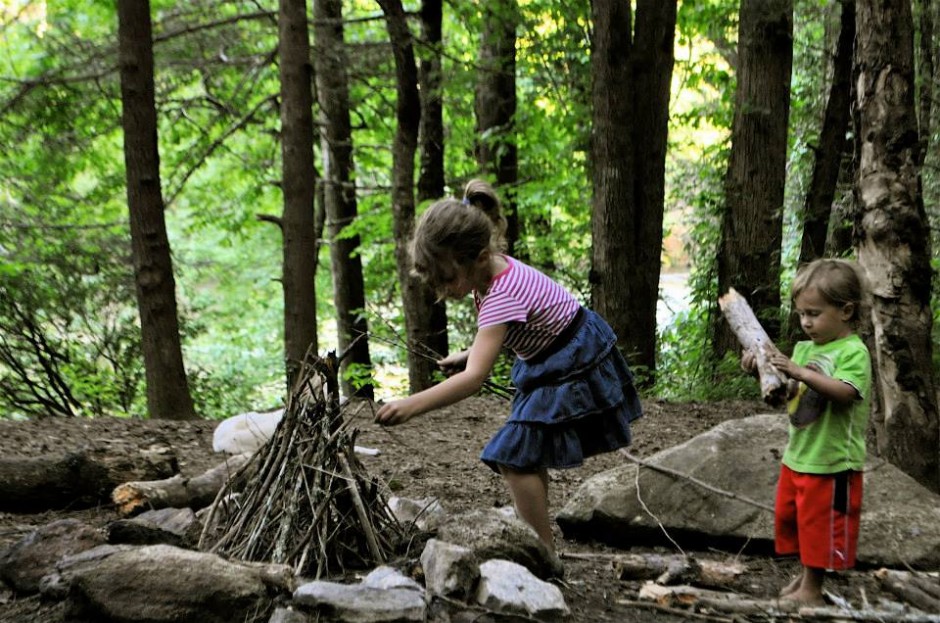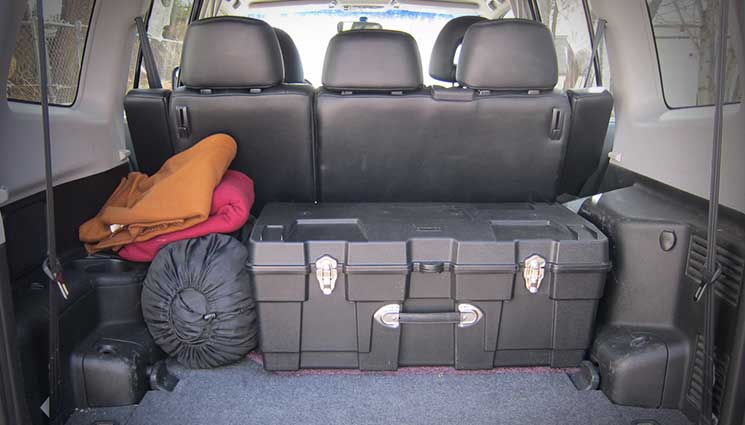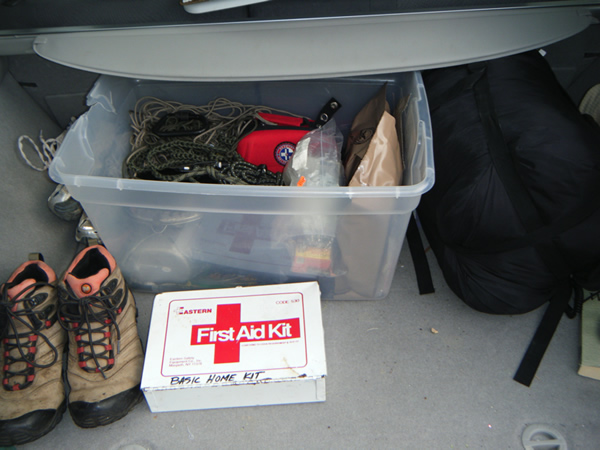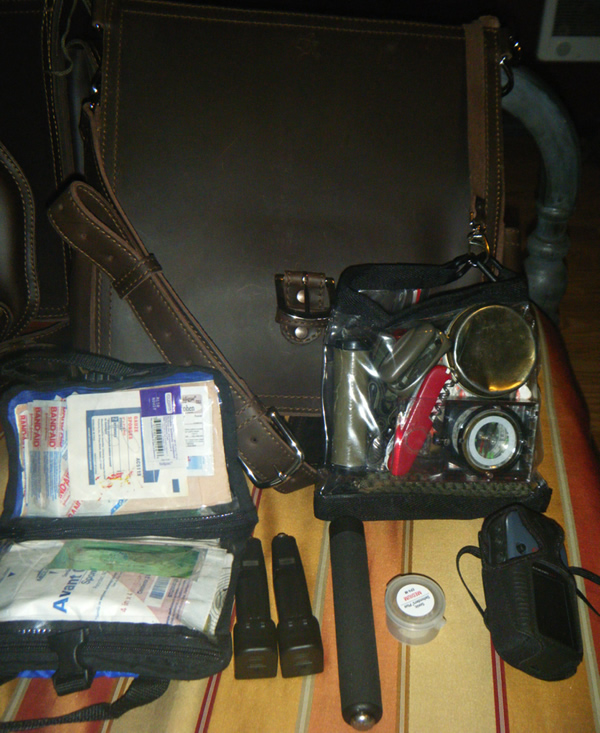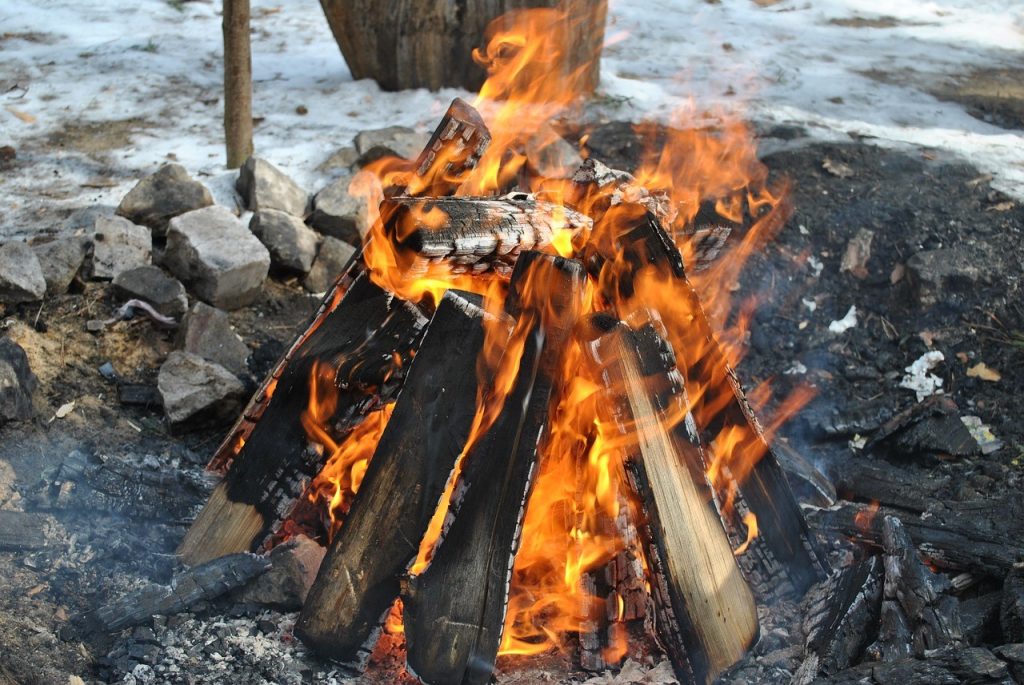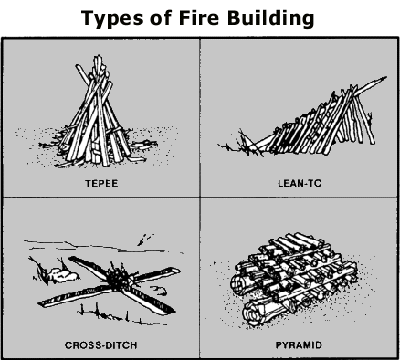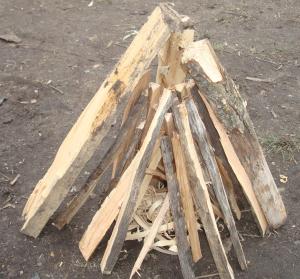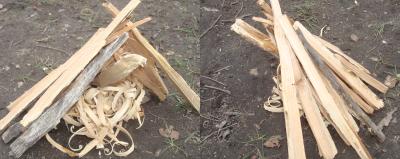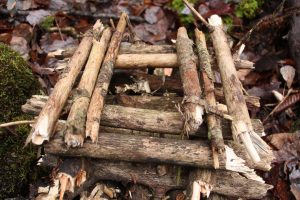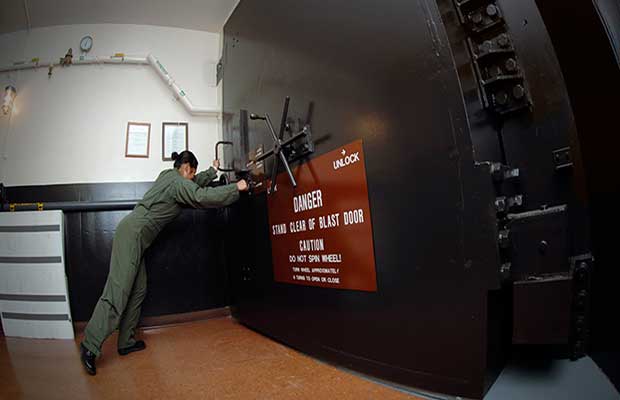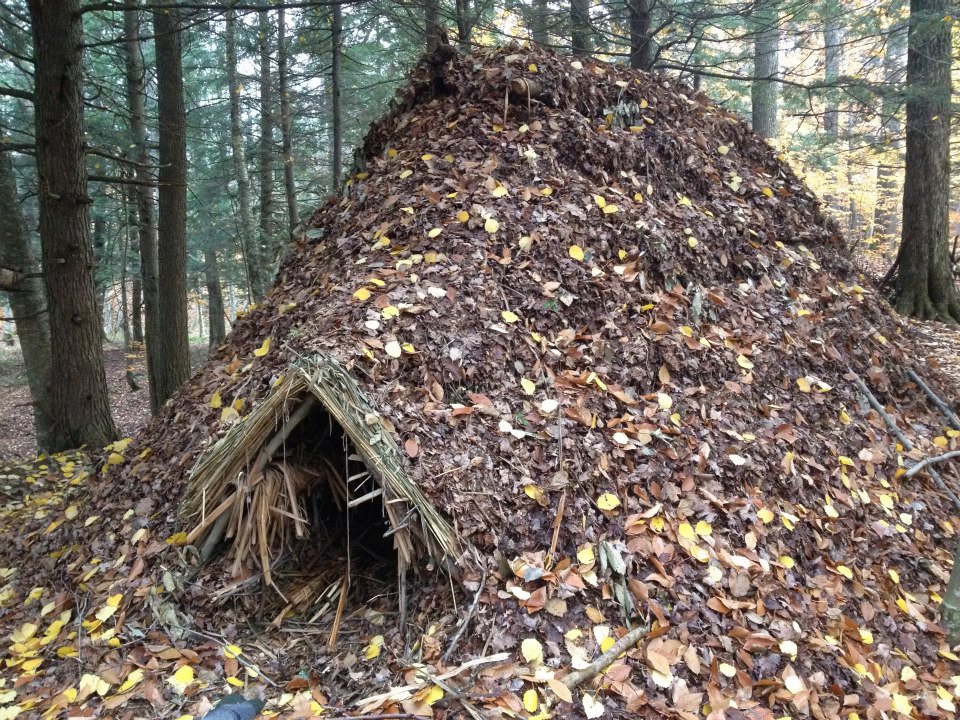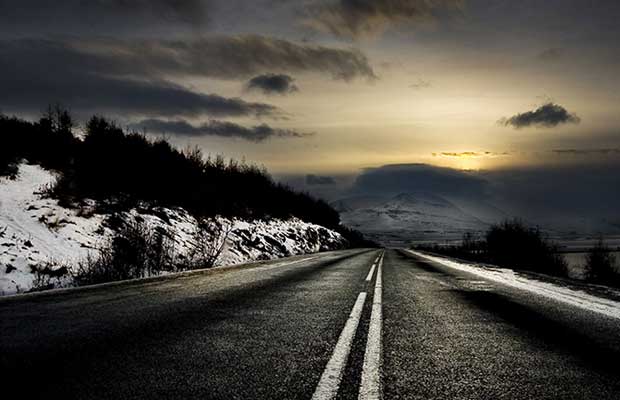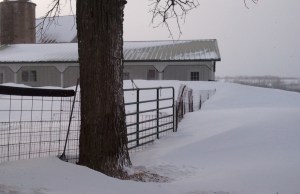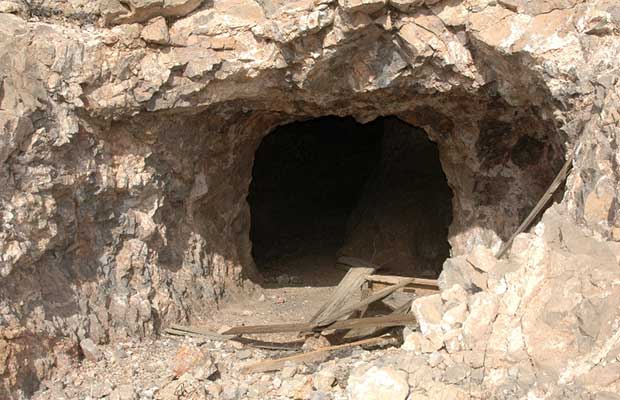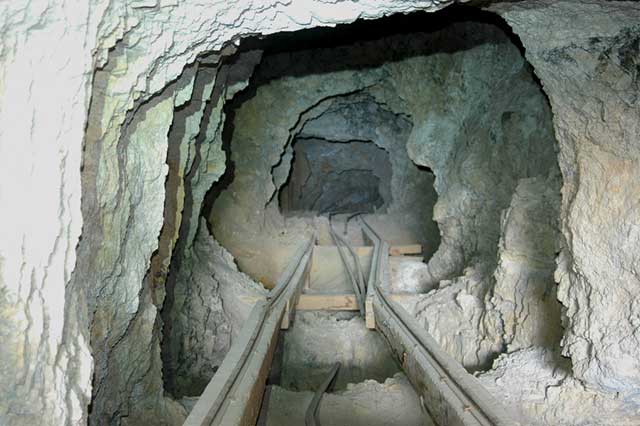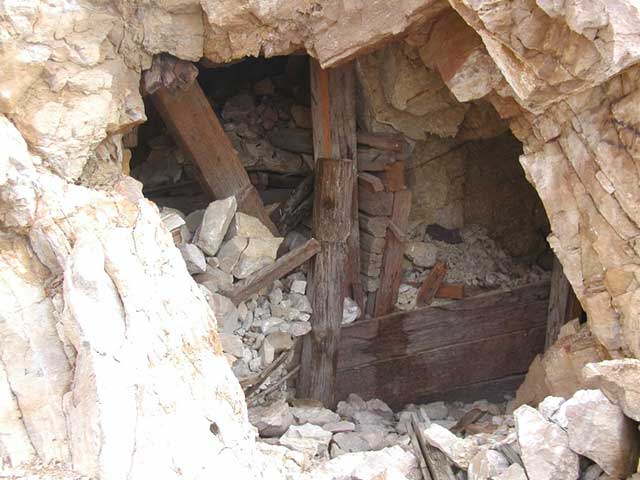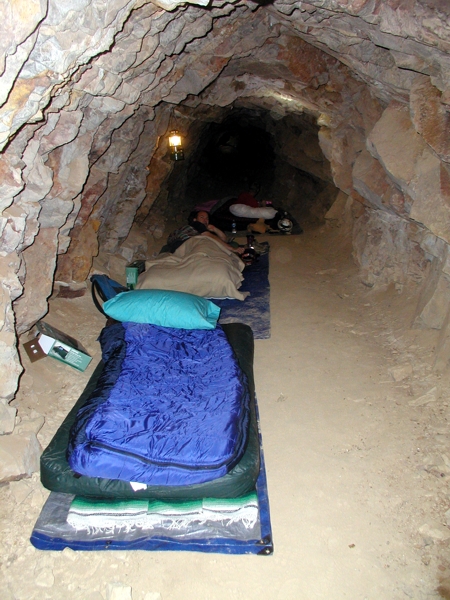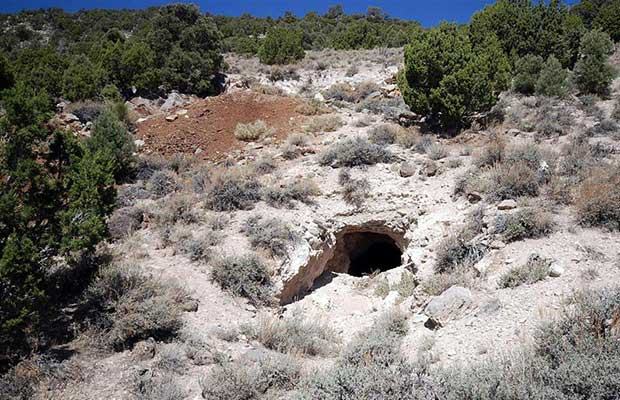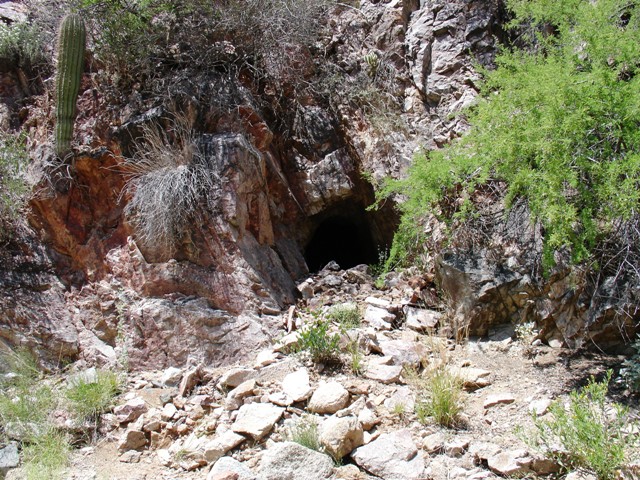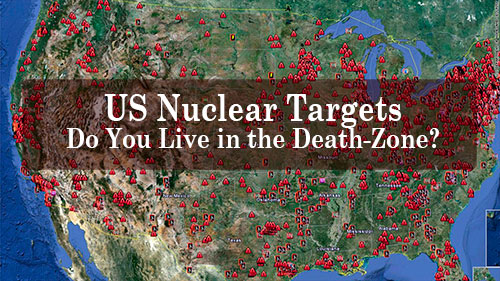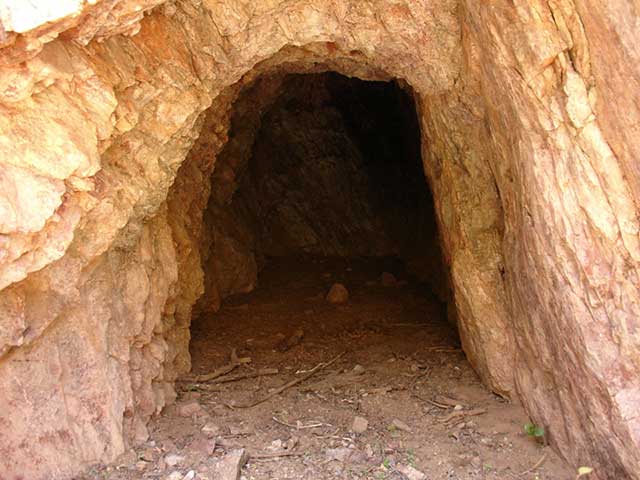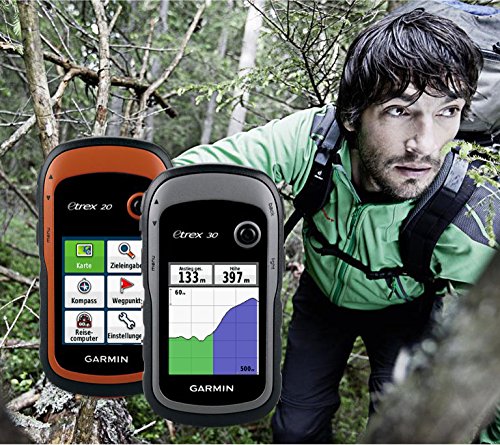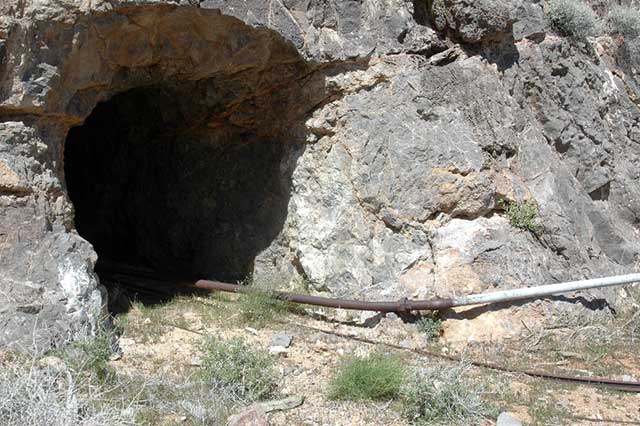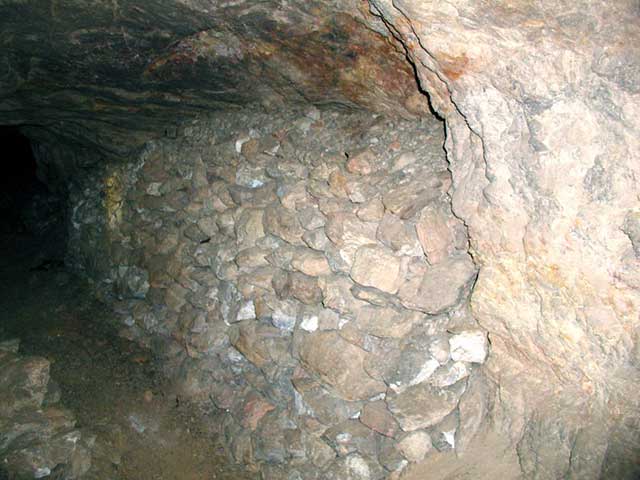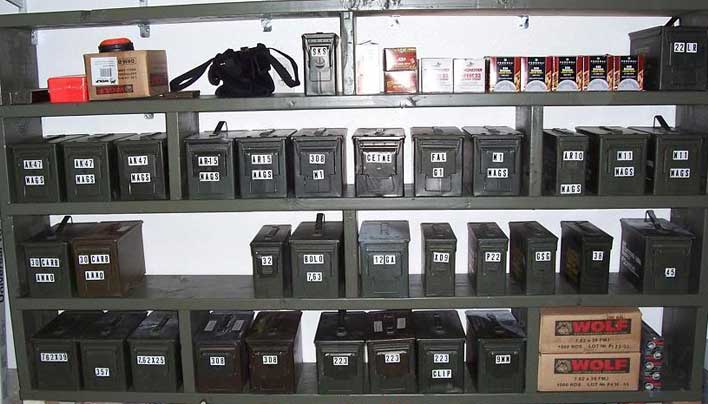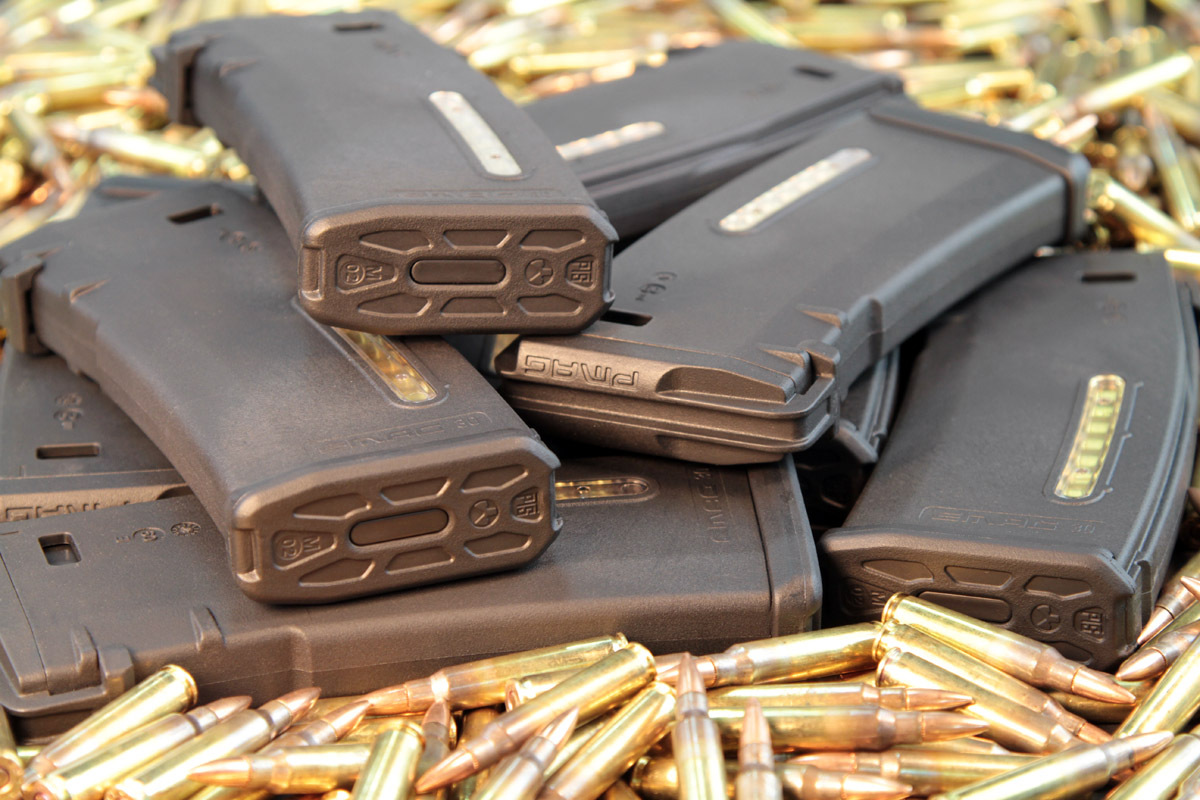Some Easy Techniques To Make Your Home More Secure
It’s your home; you should feel safe and secure here. People are always worried about the safety and security of their family. Everyone wants to make sure that their family is safe in their homes. Family security always starts at home. If you feel your family is not safe at home, you need to take action immediately.
Most home safety improvements are just common sense put into action. Put a Home Security System in your plan. While you can’t ensure your home security by a single action, and no single product will completely protect you, taking the many smaller steps to provide the highest security of your home and your family, is worth it just for the peace of mind.
Here are some easy steps to make your home more secure.
Get a Burglar Alarm System
Burglar alarm system can detect intrusion – unauthorized entry – into your home. Burglar alarms have become standard equipment in stores and other businesses, and they’re becoming increasingly common in private homes as well. Most alarm systems are actually built around the same basic design concepts. While you can’t prevent any unauthorized entry at your home by simply setting a burglar alarm, you can make yourself, your family, the neighbors and the Police aware the instant it occurs. There are a lot of burglar alarm systems available in the market at various prices, and a lot of options. Do your homework.
If you can’t afford a real one you can buy a fake alarm system too, complete with a sign. One other note: Wireless is all the rage – no mods to the homes electrical system, wireless communications between the system and emergency response personnel, wireless control by you from anywhere. All pluses. One minus, wireless systems can be hacked. Repeat, do your homework.
Secure the Doors
Perform an inspection of all doors around your home. Doors frames should be strong; the hinges should be protected and make sure the wood is not hollow. All exterior doors should be solid and made from Fiberglass, solid wood, solid wood core or metal. If installing a new door and frame, consider a fiberglass door that swings outward rather than inward. Having a door open in this way helps absorb any forced entry.
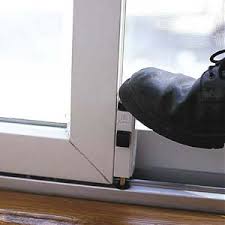
There is a downside, it is easier for an intruder to pull open an outward opening door than push an inward open with you blocking. Install a deadbolt lock build into the doorknob. You can also add a dead-lock which is an exit only lock. While it might be noticeable in the entryway, it can’t be broken into without pulverizing the door. You should secure the sliding entryways doors by installing keyed locks at the best and base and install cylinder guards around the lock cylinders. Additionally, a large dowel along the bottom rail will delay an intruder, though a glass door is, after all, glass.
Get a Dog
Dogs are the first security system and have been called man’s closest companion for quite a long time which is as it should be. One of the fundamental jobs of the trained dogs has been to ensure its proprietors and prepare for undesirable individuals or animals. If a person your dog doesn’t know approaches you on your lawn, your dog starts barking and some dogs can become aggressive. Dogs, for one, are loyal to the death. A dog is probably going not just to assault any intruder to your home; they’ll make a plunge directly into the face of potential threat to secure you and your family if they need to. Dogs can act and react a lot faster than any human could.
Even a small dog can help keep you safe at home by being a reliable and very noisy alarm. Barking can hinder many would-be-criminals and, in the occasion that woofing doesn’t drive away interlopers, the noisy quarreling of any pooch is sufficient to influence neighbors to crest out a window to see what’s going on, potentially notifying police.
Get Familiar with the Neighborhood

Having friendly neighbors improves neighborhood security and makes things easier for everyone. Knowing your neighbors is always a good thing. Wouldn’t it be nice to know somebody was watching over your property when you’re on holiday or down in your rural home? A favor you can not ask of a stranger. You might also discover it means you can share backyard equipment like cloth hanging lines, childcare, recipes, movies or transport. Your neighbors will do something if they see anything suspicious around their home and yours. Neighborliness is a valuable part of everyone’s life, and there are compelling reasons to know your neighbors.
Say hello to your neighbors, go pick your child personally from the neighbor’s house, Attend neighborhood meetings. Be active in virtual neighborhood groups and be proactive.
Add Security Signs
 Yard signs and stickers that say a security system protects your home can scare off potential burglars. Those that say things like “We Don’t Call 911” may be your position BUT they are not as effective as ones from known security services. Usually, thieves search for homes with a simple entrance and escape route, yet security frameworks don’t take that into consideration. The clearest advantage of using yard signs and window decals rather than a security framework is that it’s substantially less expensive. Buying yard signs and stickers with home security logos will just set you back about $10, and a significant number of the most well-known security brands logos can be bought online. The sign helps, potential thieves may pass you by for an easier target.
Yard signs and stickers that say a security system protects your home can scare off potential burglars. Those that say things like “We Don’t Call 911” may be your position BUT they are not as effective as ones from known security services. Usually, thieves search for homes with a simple entrance and escape route, yet security frameworks don’t take that into consideration. The clearest advantage of using yard signs and window decals rather than a security framework is that it’s substantially less expensive. Buying yard signs and stickers with home security logos will just set you back about $10, and a significant number of the most well-known security brands logos can be bought online. The sign helps, potential thieves may pass you by for an easier target.
Install Fake Security Cameras
This method is along the same lines as having fake home security signs, but it might be enough to keep intruders away. You can really purchase fake security cameras online beginning at around $10 to $20 and these will help deflect thieves from coming into your home.
They look like genuine security cameras and even have red squinting lights to add to the act. It’s just a cheap and easy idea to consider if you don’t want to invest in a more expensive security measure.
Put up Motion Detecting Outdoor Lights
Nothing makes burglars run faster than bright lights flooding the cover of darkness. You can find motion-sensing floodlights for $25 and up and these don’t require a full-fledged home security system. Motion sensor lights basically consist of a little focal point that detects quick changes in heat or movement.
You could get motion sensor lights in a standard hard-wired version, which are generally introduced by experts, or as a remote, battery-powdered set which could be easily set up; other versions could also be solar-powered. As for alarms, the device could produce a siren or be silent, depending on your preference. Motion sensor lights should be set 6-10 feet over the ground with the goal that it covers the main section spots and conceivable blindsides around your home. The area the gadget covers at that point relies upon how you set it up, particularly how you set its angle and distance range. Point range could be balanced and set somewhere in the range of 180 to 270 degrees. The separation could likewise be balanced up to 70 feet or more.
These inexpensive steps will again, add peace of mind to your home and maybe, just maybe, prevent you and your family from harm. Be safe out there.
It’s your home; you should feel safe and secure here. People are always worried about the safety and security of their family. Everyone wants to make sure that their family



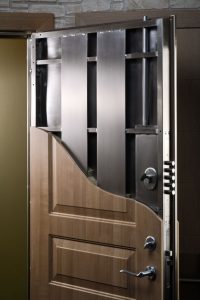

 If your phone can take an SD card, and they almost always can, then you can stick a large number of survival PDFs on that SD card and access them any time using Adobe Acrobat Reader. It’s a quick fix that can help you if you take the time to prepare it ahead of time.
If your phone can take an SD card, and they almost always can, then you can stick a large number of survival PDFs on that SD card and access them any time using Adobe Acrobat Reader. It’s a quick fix that can help you if you take the time to prepare it ahead of time. I’ve fluctuated between a fairly large number of weather apps, and this is the one I’ve landed on as the best. There are two major features that I really like – it has a radar function that is pretty accurate, and it’s good about giving me the most emergency alerts. This one does require the internet to work.
I’ve fluctuated between a fairly large number of weather apps, and this is the one I’ve landed on as the best. There are two major features that I really like – it has a radar function that is pretty accurate, and it’s good about giving me the most emergency alerts. This one does require the internet to work.







